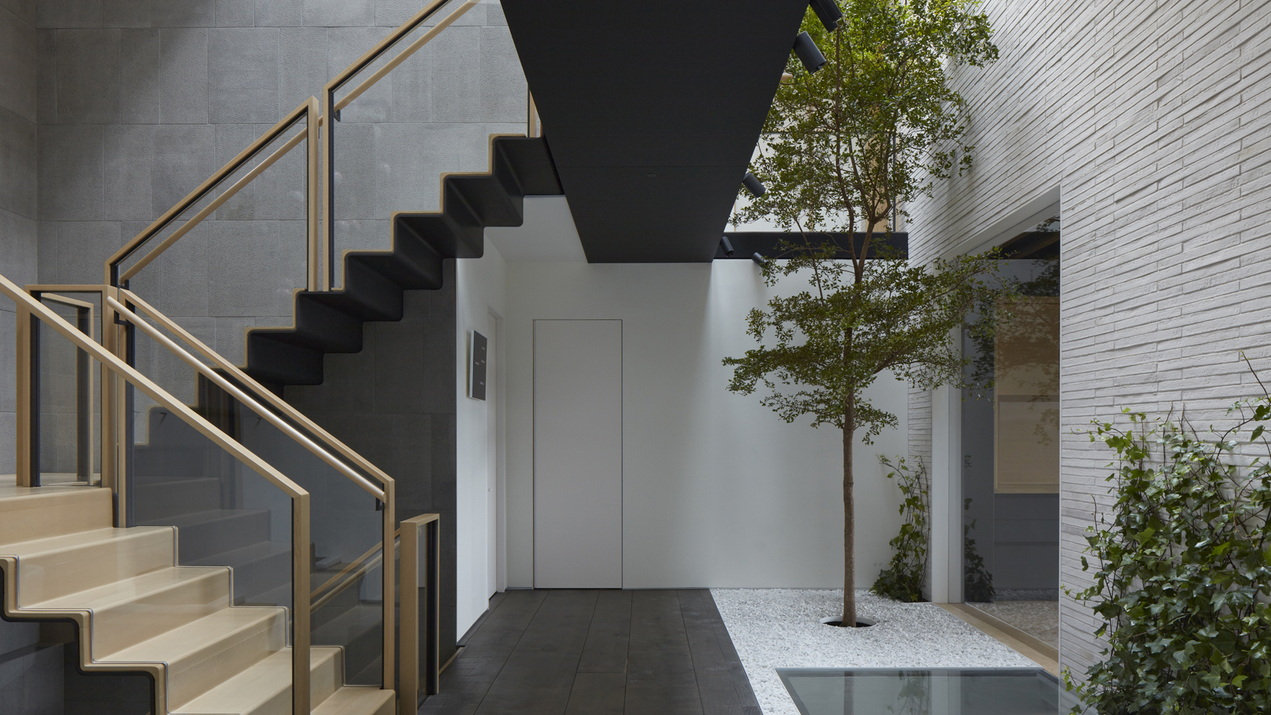It’s an idea as old as time: as creatures who evolved along with our planet, we’re hardwired to thrive in the natural environment. But over time, we’ve become increasingly isolated from nature, living in cities, surrounded by concrete and asphalt and — more recently — glued to our screens.
It’s a disconnect that gained clarity with the pandemic, when we were shut in our homes and cut off from everyone and everything. And it gave momentum to a term that has been around for decades but has suddenly become trendy in design circles: biophilic design.
“Its importance is only growing,” says architect Rick Shean, who has practised the philosophy throughout his career. “As we spend more time on digital devices and as cities continue to densify, we are becoming increasingly isolated from the natural world.
“The pandemic further underscored how profoundly our lives change when access to nature is limited. Biophilic design, then, becomes more than an architectural approach — it becomes a way of restoring balance, wellness and connection in everyday life.”
So, what is biophilic design?
The term was coined in the 1960s by psychoanalyst Erich Fromm, who described biophilia as “the passionate love of life and of all that is alive.” Biologist Edward Wilson popularized the term two decades later in his 1984 book Biophilia, suggesting that our tendency to focus on and affiliate with nature has a genetic basis.
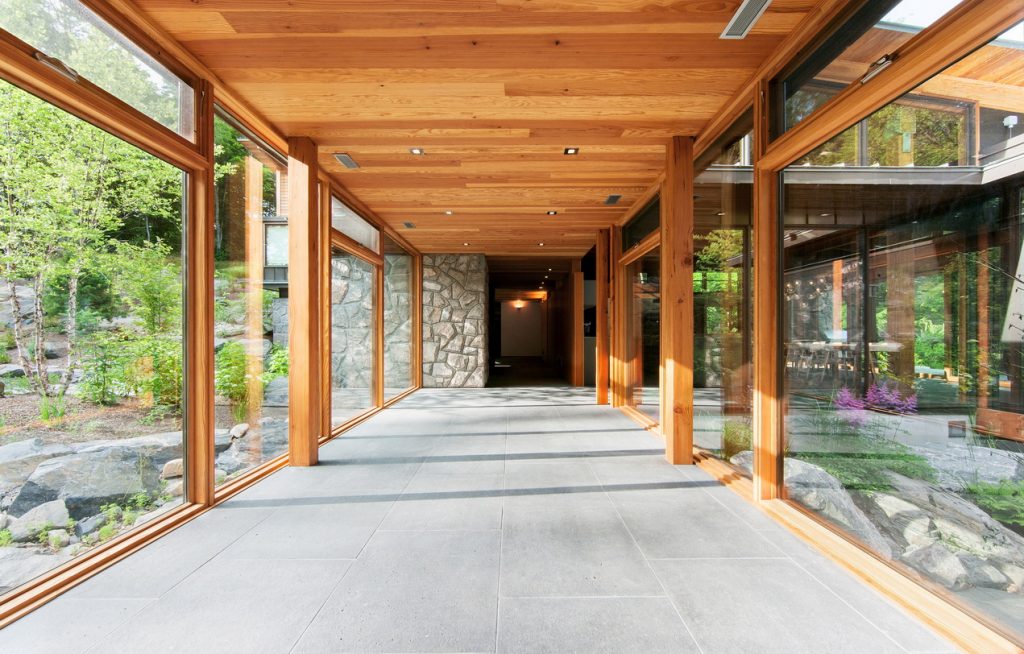
In the building industry, biophilic design became a concept for connecting the occupants of a space with the natural environment, whether directly or indirectly. That could be through incorporating natural elements like plants, natural light, water, the views to the outdoors and natural materials — all to promote well-being, reduce stress, improve cognitive function and increase productivity.
“It’s funny,” observes architect Andrew Reeves of Linebox Studio. “We’re kind of going backwards, which is going forward, which is good,” he says, referencing our roots in a connection to nature.
For some, this movement might be as simple as adding houseplants to their home to have an organic component, although for architect Chris Simmonds, “that doesn’t cut it. It’s a very deep subject in a sense.” For others, like him, it can be as elaborate as a holistic approach that incorporates the many diverse elements that nature offers — including light, movement, views, feelings and smell — into a design from its inception.
Emma Terrell, a biology graduate known as The Urban Botanist, describes biophilic design as “the art of capturing the spirit, the essence, the feeling that nature invokes and bringing that indoors, whether it be through artwork, through material selection, texture selection, using sustainable products, maybe using decorative materials that remind you of your favourite place in nature.”
Her company specializes in creating maintenance-free moss walls for interior spaces as one way to bring nature inside.
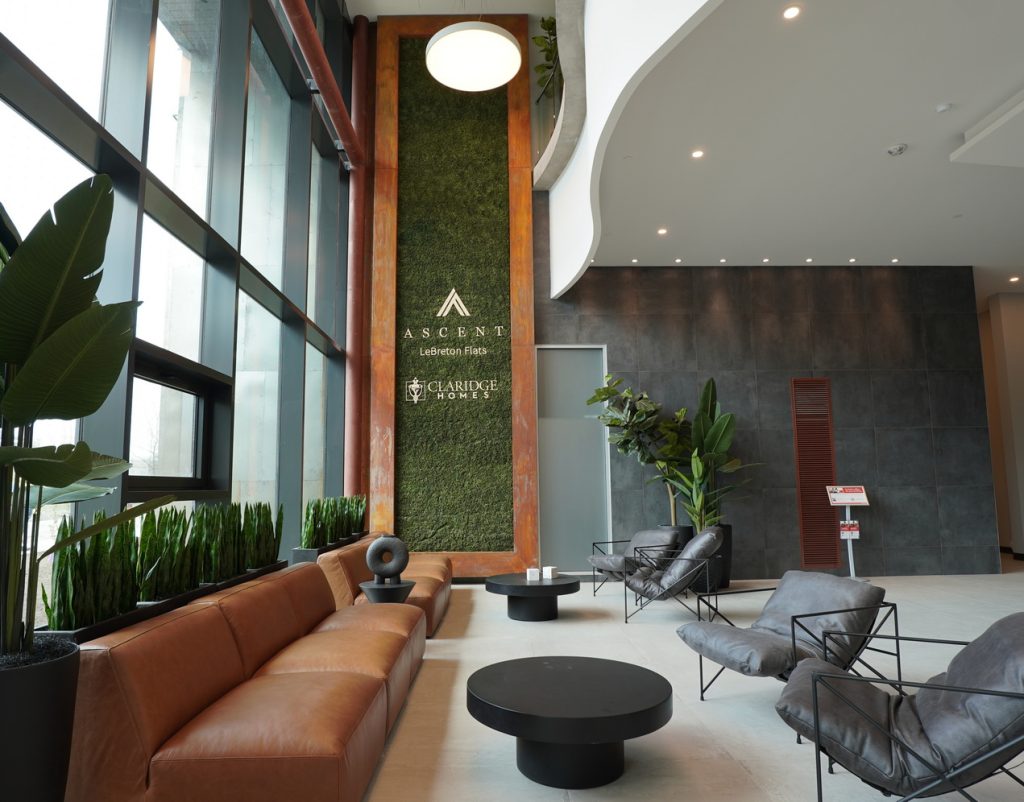
“It’s so important in whatever shape or form, whether it’s biophilic design or actually getting out into nature in some capacity on a daily basis. And not everybody has the time to carve out for themselves, so by integrating some form of biophilic design into your space, it just becomes a natural part of your routine.”
Simmonds is another architect who has long been known for making indoor/outdoor connections in his spaces. He describes biophilic design as “the science and the practice of bringing buildings to life … it means another excuse to do what I love to do, which is design buildings in the landscape.
“It’s a new way of analysing things that uses science to delve into things that people have known for millennia. Essentially what biophilia suggests is that the human nervous system evolved in nature and so the more that we’re in nature the more our nervous systems are at rest and able to function more effectively.”
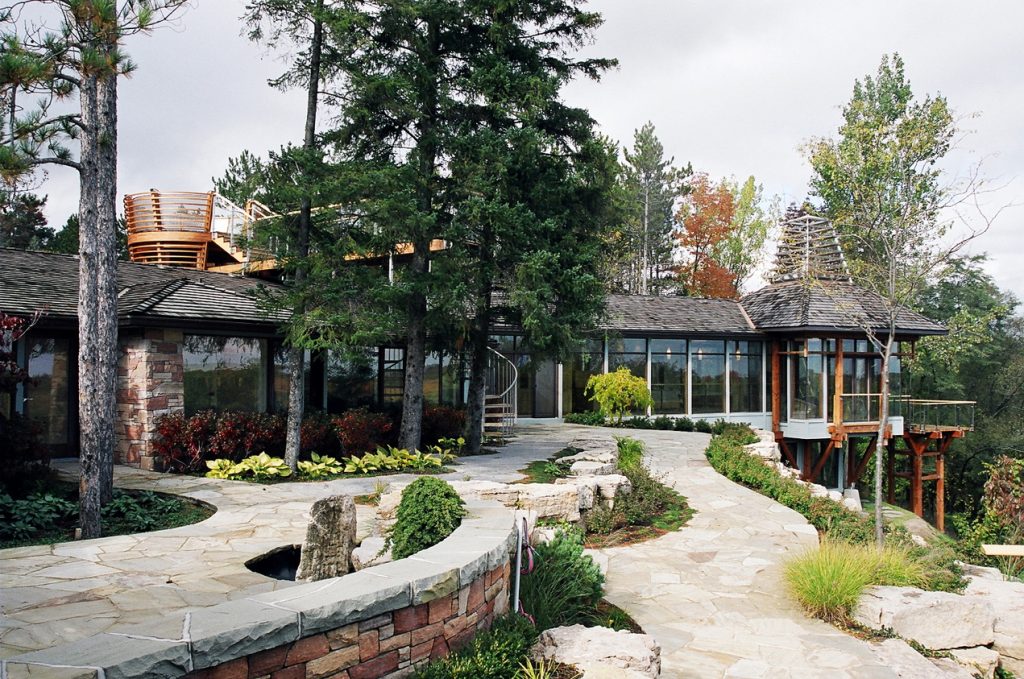
At a very basic level, Simmonds says, enhancing the experience of the outdoor environment in nature can be done by having lots of light inside and having light from more than one direction, say with windows on two sides of a room or corner windows for a better connection with the light conditions and the path of the sun through the sky. It’s also important to design spaces so that there’s an ease of movement between inside and outside and so that outdoor spaces are easy to move to and have a strong functional connection with indoor spaces.
Designer Tanya Collins believes biophilic design is intuitive and says she naturally incorporates it in her approach.
“It is scientifically known that natural light, air flow and incorporating greenery/nature enhances your health and wellness. With forest bathing identified as a healthy lifestyle choice, clients wish to incorporate that in their homes.”
And with such a short green season, she adds, “we need to incorporate architectural and interior design strategies in lieu of just bringing more plants indoors to maximize this.”
A very literal example of bringing the outdoors in is a recent project of Shean’s, which includes an olive tree and ivy wall in the home’s atrium, a space flooded in natural light thanks to several skylights.
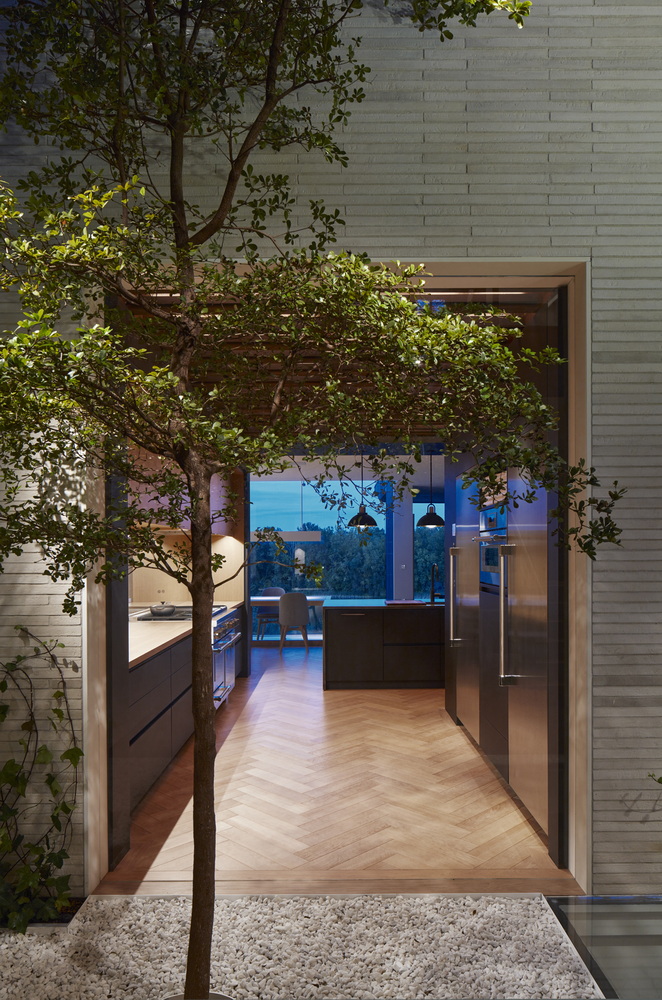

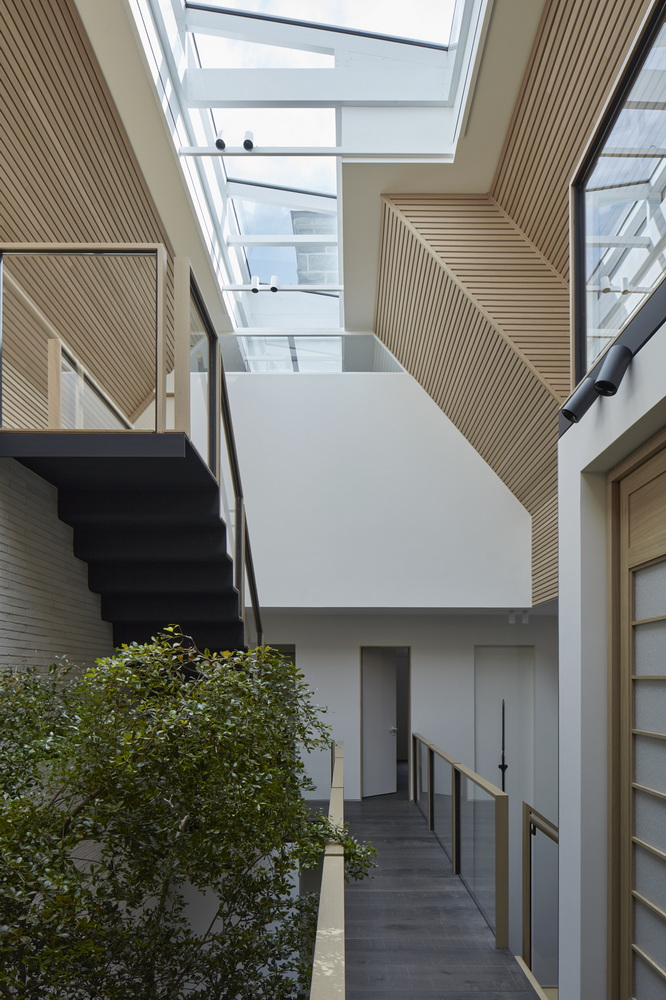
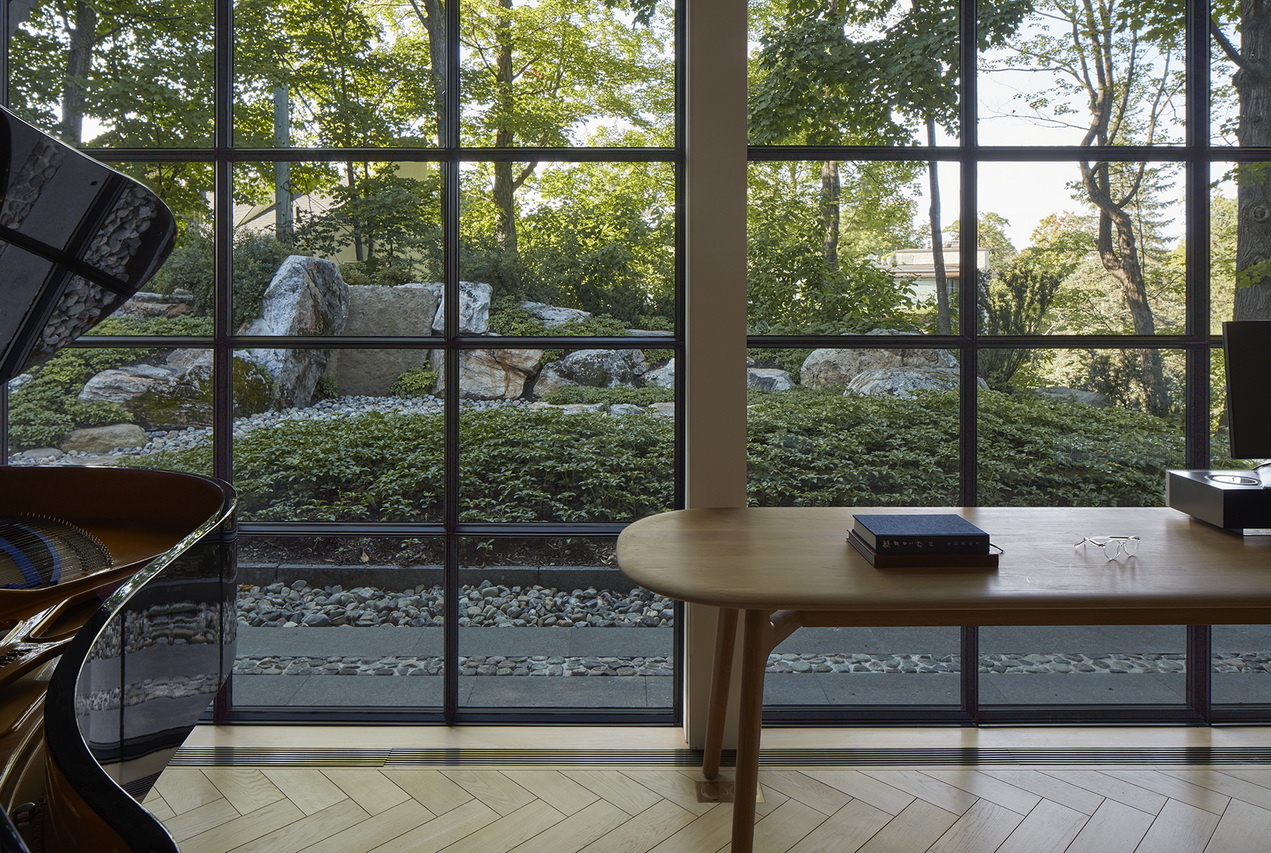
“Wherever you are in the house, you’re always being drawn back to a connection with nature,” he says, adding that this kind of approach is about creating within the natural rhythms revealed through the careful study of each project’s context.
“We spend time defining the parameters that shape a place, knowing that authentic design is never a single gesture. It is not just a beautiful view, a striking feature wall or a sculptural centrepiece. Instead, it is a layered collection of sensory experiences that immerse you in the calm and serenity offered by nature.”
And it’s not just for pricey custom homes. Even in a production home or a renovation, architectural changes such as enlarging windows and doors and removing walls to increase light and flow can help incorporate biophilic elements, says Collins. Then interior design can consider the finishes of floors, walls and ceilings, cabinetry and lighting or the decor, where furniture shapes, colours and textiles are considered.
“In one of our recent client projects in Rockcliffe, we created a potting room in the floor plan layout to fuel our clients’ passion for all things gardening,” she says. “We used natural clay tiles on the floor, green wall tiles, wood shelving, a plant shower area, terracotta pots and leafy green wallpaper.”
Reeves admits he wasn’t familiar with the term biophilic design, even though it represents his firm’s approach to architecture. “Is it a new idea? No, but who cares?” he says, mentioning renowned architect Frank Lloyd Wright and how biophilic design is “what he was all about.”
He adds, “If you repurpose good ideas and come up with better branding or better momentum, there’s nothing wrong with that … If the premise of this thing is to create better spaces for your physical well-being, then let’s keep that momentum going.”
